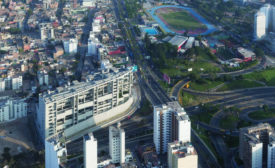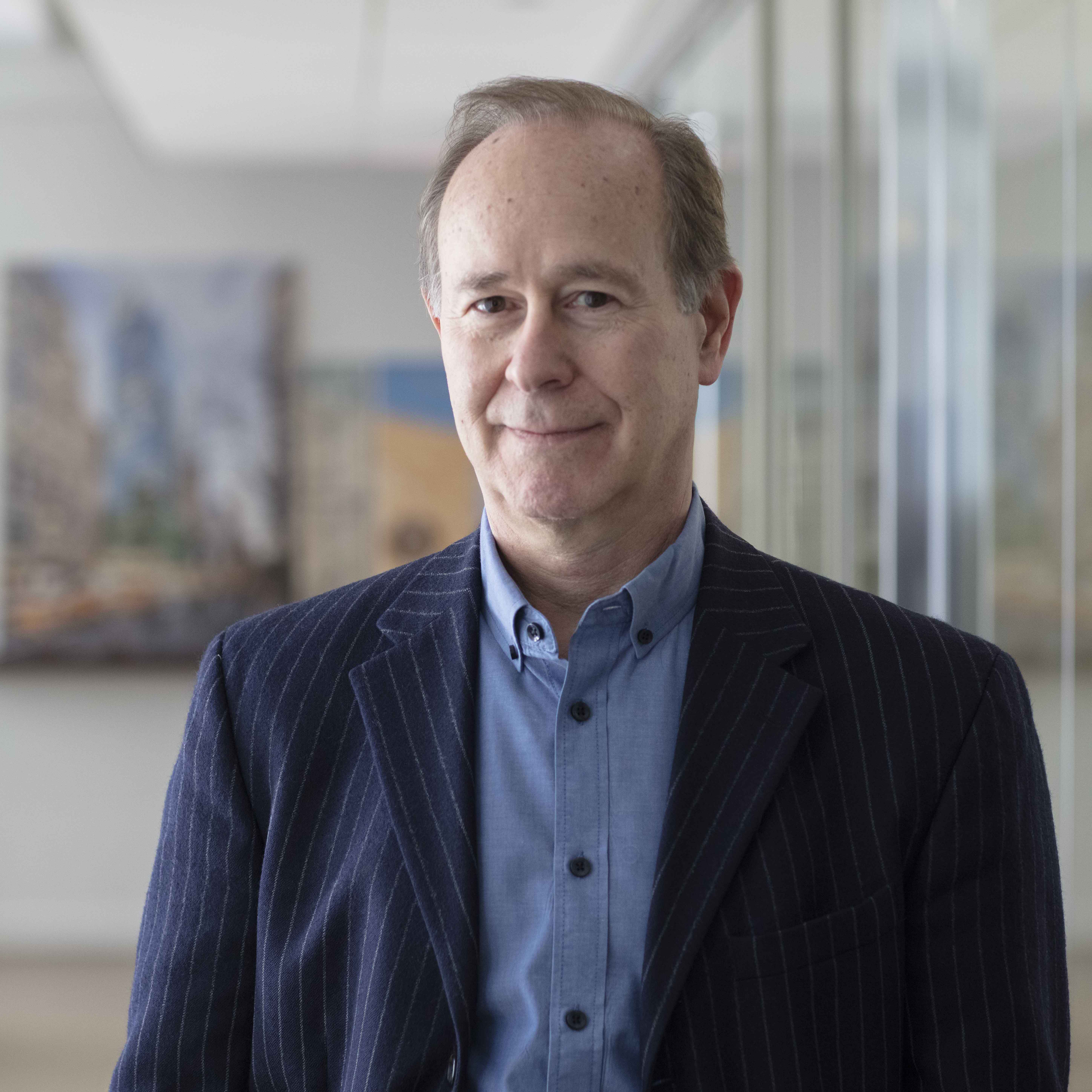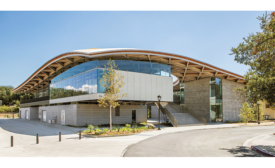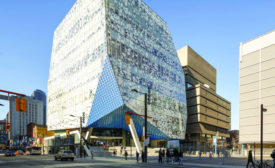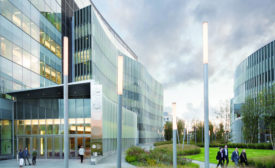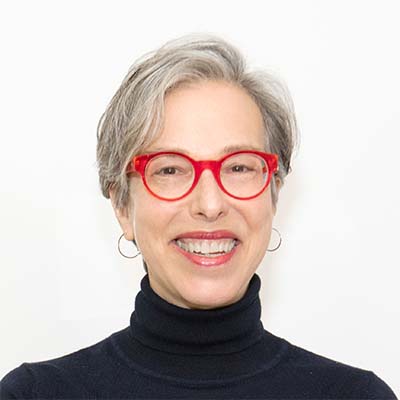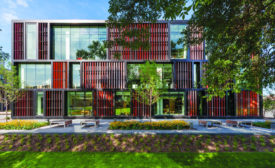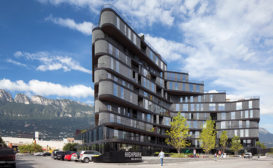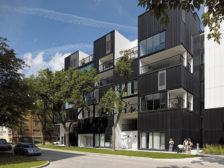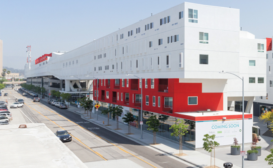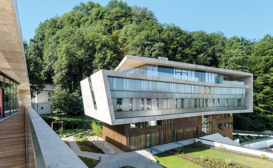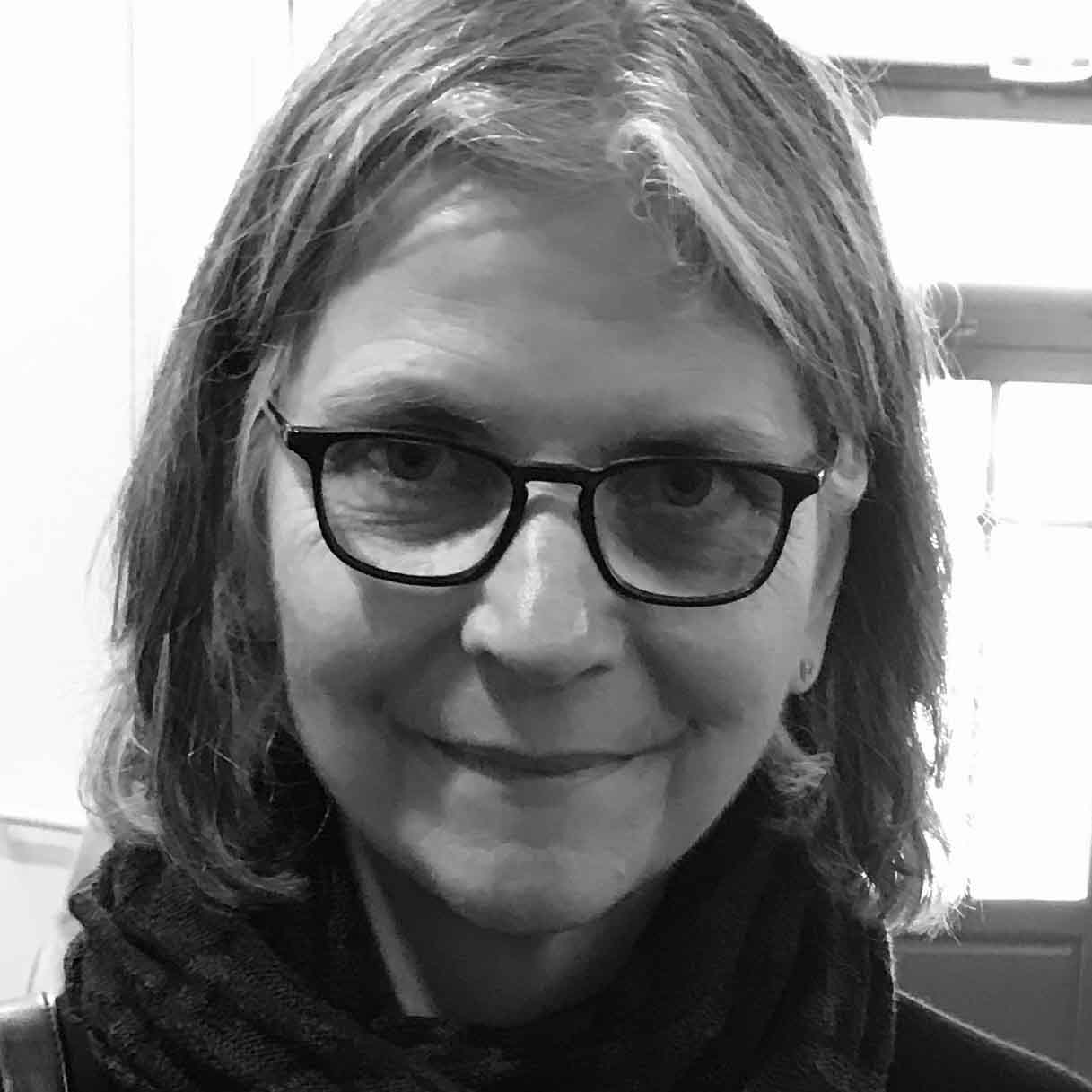Projects
Lower Sproul Redevelopment
Town Meets Gown: With a renovation and a new building, a university redefines an important plaza and establishes a stronger connection between campus and the city.
Read More
Pomona College Studio Art Hall
State of the Arts: A maverick building breaks with tradition and invites the entire campus to see art students at work.
Read More
Ryerson University Student Learning Centre
Here comes the neighborhood: A student center serves a school's commuter population while inviting the public in.
Read More
CUNY Advanced Science Research Center and City College Center for Discovery and Innovation
Twin Set: Two buildings with a similar genetic makeup anchor a science precinct on a city campus.
Read More
Janet Wallace Fine Arts Center
Artistic license: A Minneapolis-based firm transforms a tired Brutalist structure into a state-of-the-art facility and a vibrant campus hub.
Read More
One Santa Fe
Trainspotting: An enormous mixed-use building energizes a site along a major rail artery, contributing to an urban transformation.
Read More
Sternbrauerei
Magic Mountain: A development overlooking Salzburg connects residents to nature and carves out a public space in an abandoned quarry.
Read More
Copyright ©2024. All Rights Reserved BNP Media.
Design, CMS, Hosting & Web Development :: ePublishing
